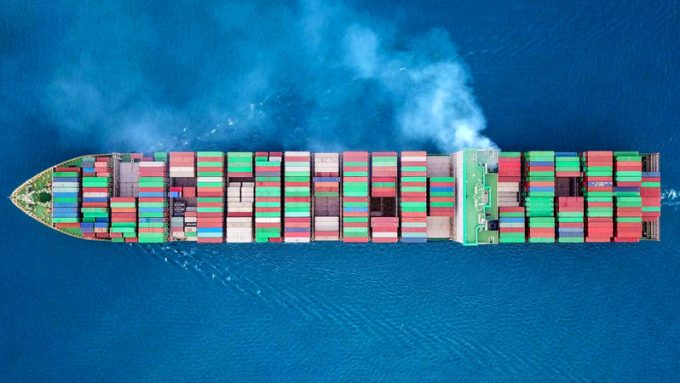'Bitter-sweet' MEPC 83 follows COP 29, narrowing scope of climate commitments
IMO’s Marine Environment Protection Committee (MEPC) 83 meeting, meant to establish robust mid-term decarbonisation measures, ...

The IMO’s sub-committee on pollution prevention and response (PPR) will this week finalise details of the ban from 1 March on the carriage of HFO (heavy fuel oil) on ships not fitted with scrubbers.
The agenda for the London meeting also includes scope for further work ...

Comment on this article